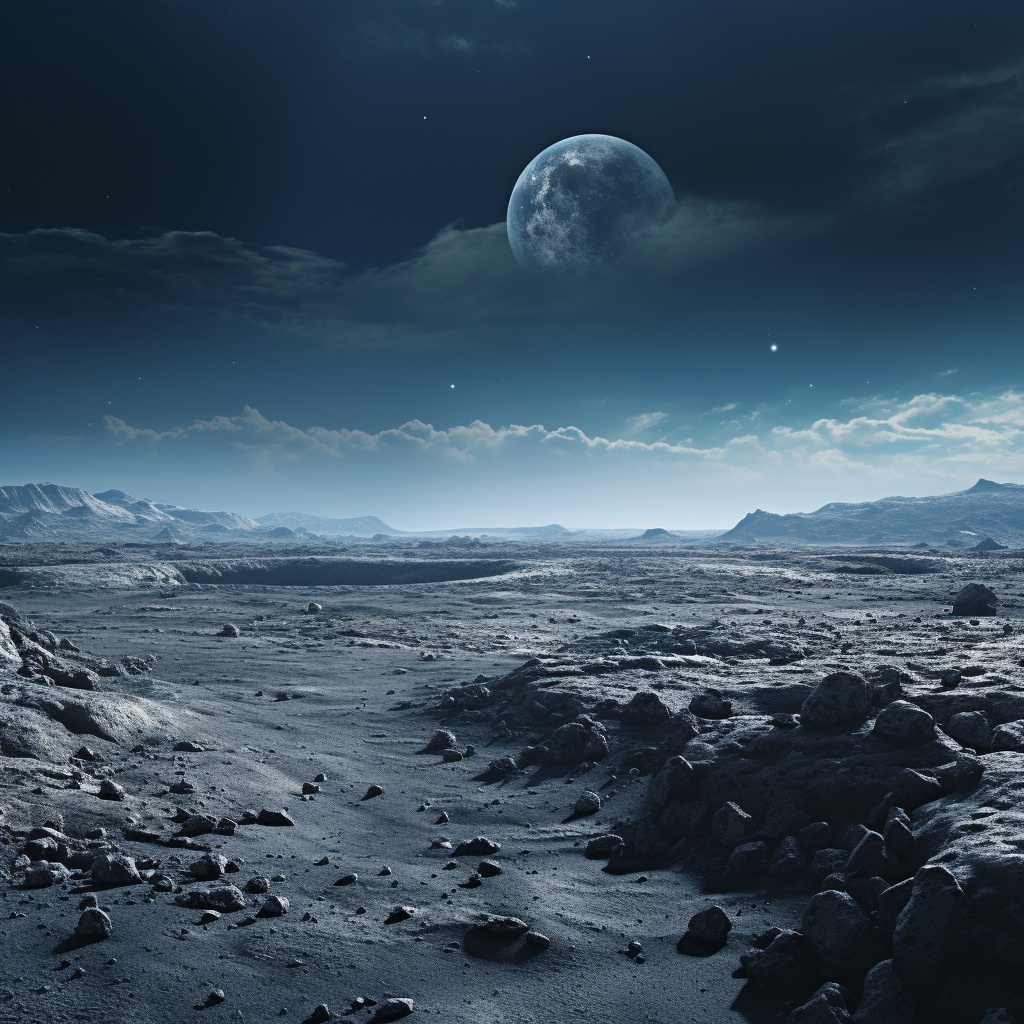Estimated reading time: 3 minutes
The moon is a unique phenomenon as no other satellite in the solar system is as large relative to its planet. Its low average density compared to Earth has long puzzled researchers, as has its Earth-like composition. In the 1970s, the most impressive explanation for these observations was finally proposed.
This established hypothesis states that a celestial body about the size of Mars collapsed onto Earth about 150 million years after the origin of the solar system. The material of this protoplanet, named Teia, mixed with the separated crust of the young Earth and formed our Moon after a few millennia.
A recent study suggests that the formation of the Moon may have been a sudden birth rather than a slow process. Unprecedentedly accurate models propose that it could have taken just a matter of hours.
In July 1969, Neil Armstrong and Buzz Aldrin brought 21.6 kilograms of lunar rock to Earth as part of the Apollo 11 mission, providing the first reliable evidence of how the Moon might have formed. These samples allowed for the first dating of the Earth’s satellite and confirmed the similarity in composition between lunar and terrestrial rocks. The results formed the basis for the collision hypothesis, although some details remained controversial. It is unclear why the lunar rock was so similar to Earth’s, given that the Moon should have consisted mainly of Teia.
To find answers, Jacob Kegerreis and his team of scientists from the Ames Research Centre explored different scenarios for the moon’s formation process. They used the SPH computer program with interdependent fine-grained problems (SWIFT) to simulate the complex and ever-changing networks of gravity and hydrodynamic forces acting on large volumes of matter.
Previous lunar simulations typically used between 100,000 to one million particles. However, these resolutions cannot definitively depict key characteristics of large collisions, such as the planet’s rotation period or the mass of the ejected debris. In this simulation, the researchers used 100 million particles, each measuring 14 kilometres in size and weighing ten trillion tonnes.
Based on this, Kegerreis and his team modelled 400 impact passes and came to a surprising conclusion, which they reported in the scientific journal “The Astrophysical Journal Letters”. They argue that if protoplanet Teia had struck the young Earth at a 45-degree angle, it would have hit Earth at a 45-degree angle, which is consistent with the current assumption. A large piece may have been torn off and thrown into a more distant orbit.
According to Kegerreis, the inner remnant transfers angular momentum to the satellite before falling back to Earth on its own. As a result, the outer piece stabilises in an Earth orbit about seven radii away from Earth just hours after the collision.
How do you feel about that? Share in the comments!


